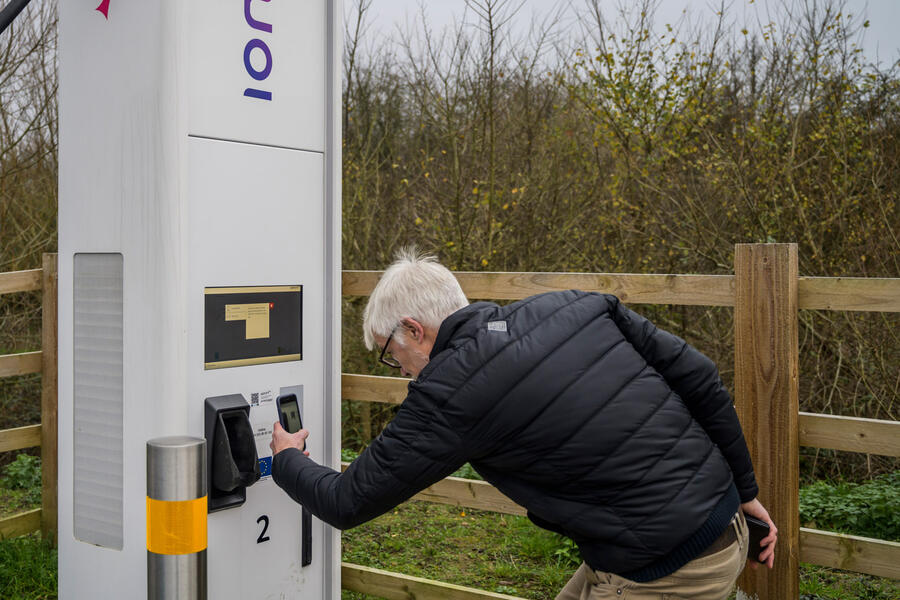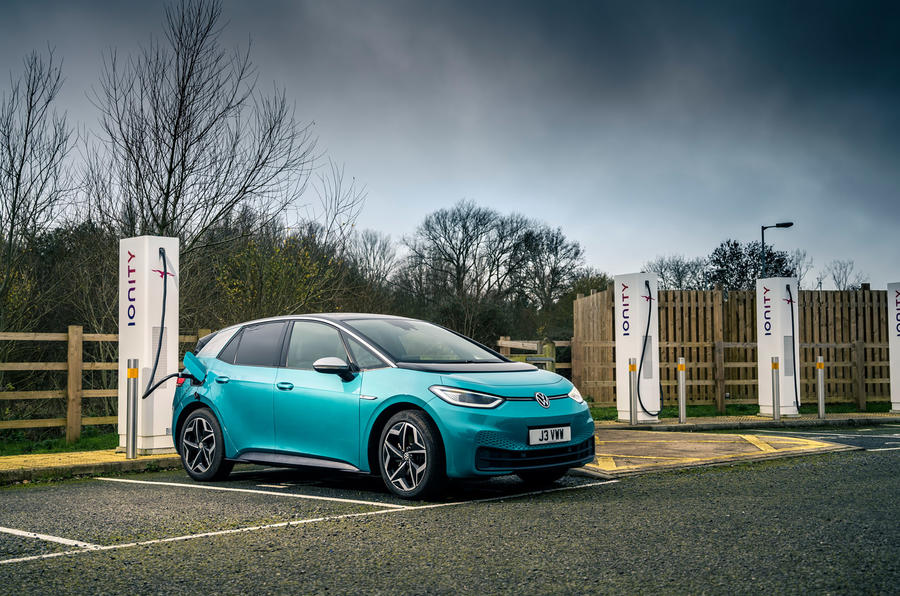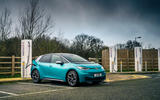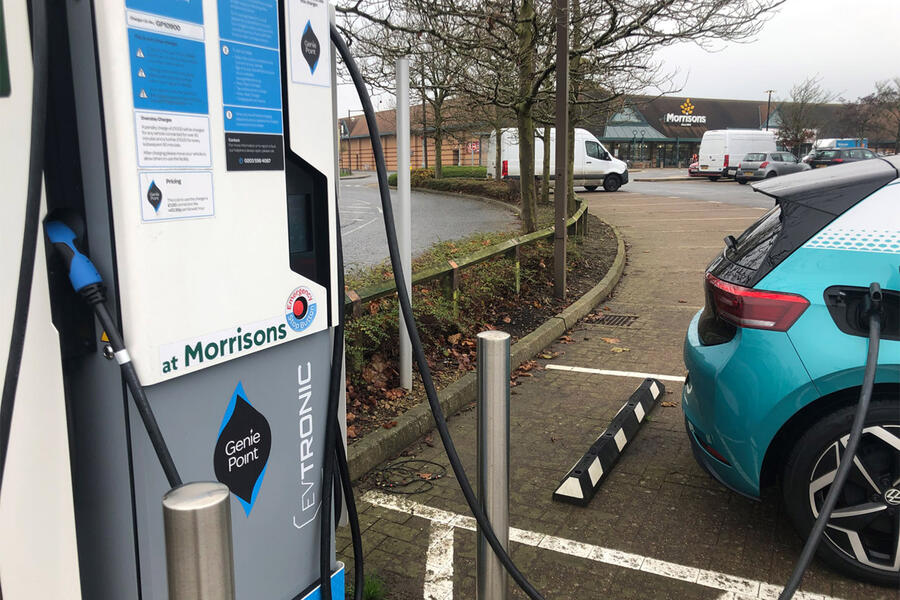The axiom that new technology is created to make our lives easier seems to have been ignored when establishing the UK’s electric vehicle charging network. The patchwork of dozens of different operators, each with its own payment system, has long bamboozled the ever-growing number of EV and PHEV drivers.
But that’s now changing. In July 2019, the government stepped in to say that it wanted all “newly installed rapid or higher powered charge points” to accept card payment by spring 2020. The goal was to offer a single payment method “without needing smartphone apps or membership cards”.
The Competitions and Markets Authority (CMA) said it was looking into EV charging to address any competition issues and “ensure the sector works well for people now and in the future”. The statement that chimed most with us at Autocar was this, from CMA boss Andrea Coscelli: “Being able to easily stop off at a petrol station is a standard part of a journey and consumers must trust that electric charge points will provide a similarly straightforward service.”
We wanted to understand how far off we were from that. So without subscribing or, if possible, downloading any app, we set off to try charging a Volkswagen ID 3 at locations run by six of the UK’s best-known charger operators. We centred on Milton Keynes, as it was recently revealed to be one of the best-served towns, at 23 chargers per EV, according to data checked against charger app Zap-Map’s locator.
Our results were hugely varied. One good experience with a possibly newly installed charger offering effortless card payment doesn’t necessarily mean that the company’s whole network is great, and the reverse is also true. However, it gives a snapshot of what a first-time EV user could face when charging away from home.
We discovered that it’s still a gamble and will continue to be until contactless payment is widely available and we have easy access to up-to-date, reliable information showing us whether or not the charger is working and available, plus exactly where it’s located.
Ionity
























Join the debate
Add your comment
Why is something that in theory should be so easy be so difficult
If they want people to buy Evs at least make it easy to charge them
hi......thanks for sharing that information.
I suspect the main reason why you found EV charging so hit and miss is because we are in the U.K. let's face it we struggle to get a public toilet to flush or fill pot holes so high tech EV charging infrastructure is bound to be a complete and utter disaster. Bet it's fine in Germany